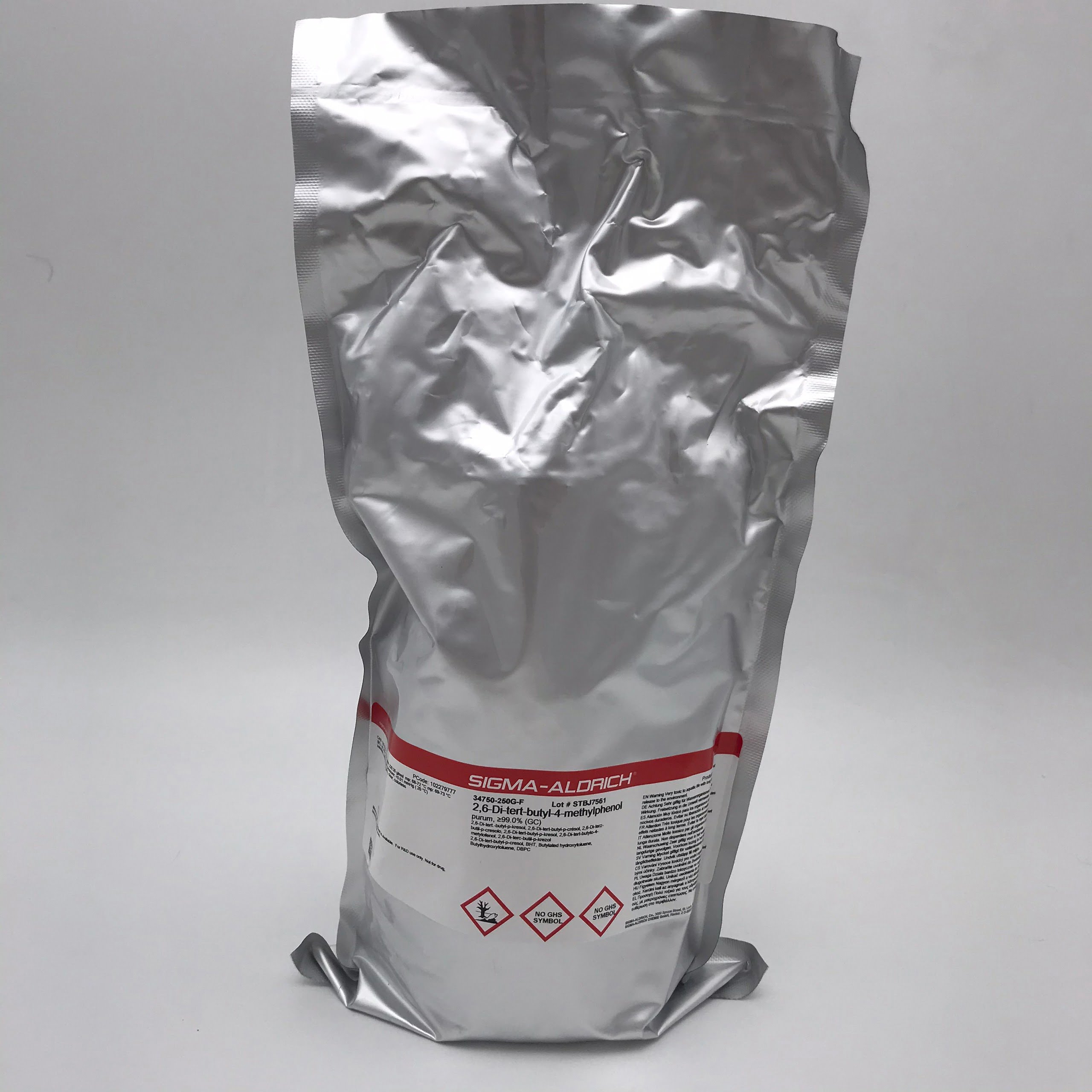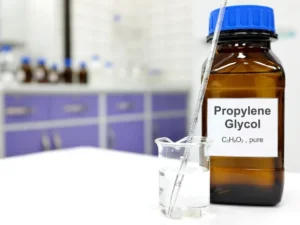Description
4-Methylphenol: A Compound with Diverse Applications and Environmental Concerns
4-Methylphenol, also known as p-cresol, is an organic compound belonging to the class of phenols. It’s a colorless to yellow solid with a characteristic phenolic odor that can be described as sweet, antiseptic, and even slightly medicinal. While not as widely known as its cousin phenol, 4-methylphenol plays a significant role in various industries and natural processes, making it a fascinating subject to explore.
What exactly is 4-Methylphenol?
Chemically, 4-methylphenol is a derivative of phenol where a methyl group (CH3) is attached to the fourth carbon atom of the benzene ring. This seemingly small change significantly impacts its properties and applications compared to phenol itself. It’s only slightly soluble in water but readily dissolves in organic solvents like ethanol and ether.
Occurrence and Formation:
4-Methylphenol is not just a lab-synthesized chemical; it’s also found naturally in various environments. It’s produced during:
- Coal tar processing: It’s a byproduct of coal tar distillation, a process used to extract valuable chemicals from coal.
- Crude oil refining: Like coal tar, crude oil refining also generates 4-methylphenol as a byproduct.
- Decomposition of organic matter: Microbial decomposition of organic materials like wood and animal waste can release 4-methylphenol into the environment. This is particularly relevant in wastewater treatment plants and landfills.
- Human metabolism: Interestingly, 4-methylphenol is also a metabolite produced in the human gut by the breakdown of certain amino acids.
Applications of 4-Methylphenol:
The properties of 4-methylphenol make it useful in several applications across different industries:
- Antioxidant: It acts as an antioxidant, inhibiting the oxidation of other compounds, making it useful in preserving food and other materials.
- Disinfectant and Antiseptic: While less potent than phenol, 4-methylphenol possesses disinfectant and antiseptic properties, finding use in certain cleaning products.
- Chemical intermediate: This is arguably its most significant use. It serves as a building block (intermediate) for the synthesis of various other chemicals including:
- Herbicides: Some herbicides rely on 4-methylphenol as a precursor.
- Antioxidants: More potent antioxidants can be synthesized using it as a starting material.
- Perfumes and Fragrances: Its characteristic odor contributes to the development of certain fragrances.
- Pharmaceuticals: It can be a stepping stone in the synthesis of various pharmaceutical compounds.
- Solvents and Resins: It finds applications in the production of solvents and resins used in various industries.
Environmental Concerns and Toxicity:
Despite its useful applications, 4-methylphenol also poses certain environmental and health concerns.
- Toxicity: 4-Methylphenol can be toxic to aquatic organisms, particularly fish. Even relatively low concentrations can be harmful.
- Odor Problems: Its strong odor can lead to nuisance complaints, especially in areas near wastewater treatment plants and industrial facilities.
- Environmental Persistence: It can persist in the environment, particularly in soil and sediment, leading to long-term contamination.
- Human Health: While less toxic than phenol, exposure to high concentrations can cause irritation to the skin, eyes, and respiratory tract. Animal studies have also shown potential for liver and kidney damage upon repeated exposure.
Regulation and Mitigation:
Due to its potential environmental and health impacts, 4-methylphenol is regulated in many countries. Regulations often focus on:
- Wastewater discharge limits: Industries and wastewater treatment plants are required to monitor and control the levels of 4-methylphenol in their effluent.
- Workplace safety: Specific measures are in place to protect workers who handle 4-methylphenol, including personal protective equipment and ventilation systems.
Various technologies are being developed and implemented to reduce 4-methylphenol levels in water and soil, including:
- Biological treatment: Microorganisms capable of degrading 4-methylphenol are used in wastewater treatment processes.
- Advanced oxidation processes: Techniques like ozonation and UV oxidation can effectively break down 4-methylphenol.
- Adsorption: Materials like activated carbon can adsorb 4-methylphenol from water, removing it from the environment.
Conclusion:
4-Methylphenol is a versatile chemical with a diverse range of applications due to its unique properties. However, its environmental impact and potential toxicity require careful consideration. Ongoing research and development efforts are focused on mitigating its environmental risks and finding sustainable alternatives where possible. Understanding the chemistry, applications, and environmental implications of 4-methylphenol is crucial for responsible management and utilization of this important compound.











Reviews
There are no reviews yet.